It’s 2011. That’s progress for you…
 When I was a kid, 2011 was science fiction. We’d all have personal jet packs, robot servants and colonies on Mars. Instead, we’ve got Facebook and iPhones. Harlan Ellison is selling his first typewriter, a Remington made in the late 1930s. Kodak stopped making the chemicals needed to develop its famed Kodachrome color film, and the last batch was finally used up by Dwayne’s Photo in, appropriately enough, Kansas. My six year old iMac that’s been clugging along since it was state-of-the-art oh so long ago (2004) blew out its logic board, and now I’ve got a new 27″ screen with an Intel Core i7 processor that should be the coolest desktop Apple makes until probably this spring.
When I was a kid, 2011 was science fiction. We’d all have personal jet packs, robot servants and colonies on Mars. Instead, we’ve got Facebook and iPhones. Harlan Ellison is selling his first typewriter, a Remington made in the late 1930s. Kodak stopped making the chemicals needed to develop its famed Kodachrome color film, and the last batch was finally used up by Dwayne’s Photo in, appropriately enough, Kansas. My six year old iMac that’s been clugging along since it was state-of-the-art oh so long ago (2004) blew out its logic board, and now I’ve got a new 27″ screen with an Intel Core i7 processor that should be the coolest desktop Apple makes until probably this spring.
I don’t know if anyone may be interested in buying my old Kaypro II, though it’s not for sale, and, besides, I’m not Harlan Ellison so what would be the point. It was one of the earliest “portable” computers, weighing in at something like 9 pounds. It had a 9 inch screen that displayed green characters on a black background, and a dual 5 1/4 inch floppy drive. You’d stick the program (word processor, database manager, a couple of games more primitive than Pong) in the top drive, and save your files to the bottom drive.
My first word processor was PerfectWriter, which didn’t quite live up to its name (but, then, nothing ever really is perfect). That relationship didn’t last, any more than my personal relationships did at the time, when I fell in love with WordStar because I could depend on printing out exactly what I saw on screen instead of keeping my fingers crossed with PerfectWriter that the print out would vaguely resemble the way I thought I had formatted it. I believe WordStar was the first WYSIWYG (what you see is what you get) program. For years I resisted the switch to Microsoft Word until I could no longer be out-of-step with the corporate hordes. At the same time, I had to give up my beloved Kaypro II (currently residing in a closet along with all my other obsolete techno-junk).
Once upon a time, in my early youth, I actually composed on both manual and electric typewriter, so I know how to type. Consequently, I tend to still use keyboard commands rather than mouse clicks. For Windows users, that means some keyboard combination of the CTRL key with another letter or character. Today, things are better now that Word (and its various web emulators) is the de facto standard since you don’t have to worry about writing a document in a format that’s incompatible with someone else’s program back in the ancient days when a thousand word processors bloomed. However, there’s a lot not to like about Microsoft Windows, which is why I joined the Mac cult. Guess what? The CTRL key function doesn’t work the same, you have to use Apple’s Command key, instead, so I had to get used to a whole new way of keying a program command. I use my thumb.
These days, the only way a new generation seems to produce text is with their thumbs, on tiny keyboards that in many cases lack real pushable keys, and faster than I can do with 10 digits on a full-sized keyboard.
We’ve become a culture of all thumbs. Who’d have thunk it back when we were dreaming of maids on Mars?
That’s progress for you.
Happy new year.
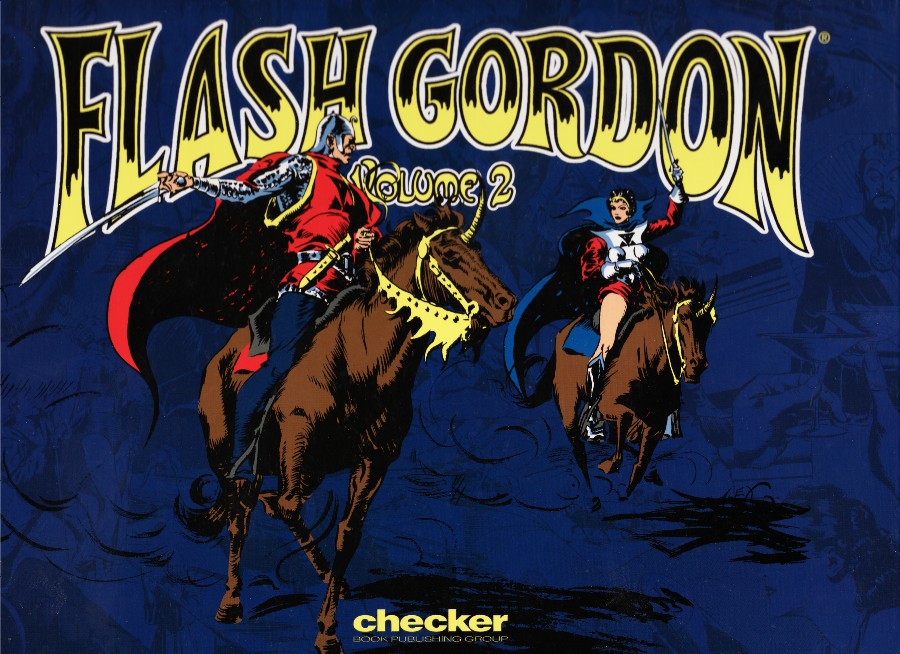
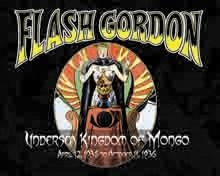

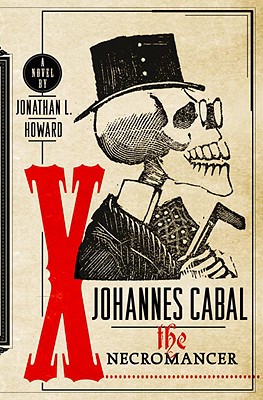
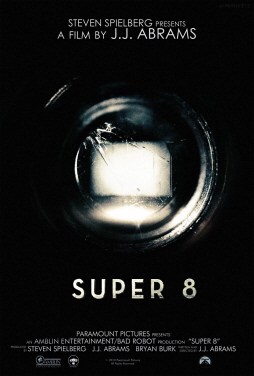 There are bits of wrapping paper static’d to the lamp shade and tendrils of curly ribbon hanging off the chandelier. Here I lay in a sugar and red meat coma under the pressing weight of one too many conversations with the essence of Christmas spirit, three times distilled. With New Years Eve still in front and a bacchanalia of epic proportions behind, what can I do but think happy thoughts about the coming year and a time when the little troll living between my ears will finally stop running in circles and shouting.
There are bits of wrapping paper static’d to the lamp shade and tendrils of curly ribbon hanging off the chandelier. Here I lay in a sugar and red meat coma under the pressing weight of one too many conversations with the essence of Christmas spirit, three times distilled. With New Years Eve still in front and a bacchanalia of epic proportions behind, what can I do but think happy thoughts about the coming year and a time when the little troll living between my ears will finally stop running in circles and shouting.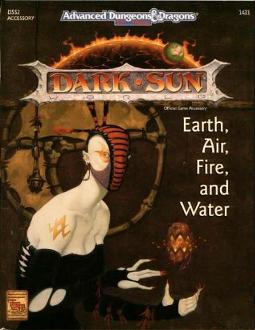
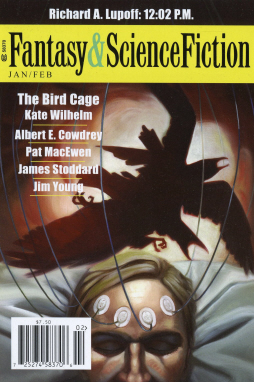
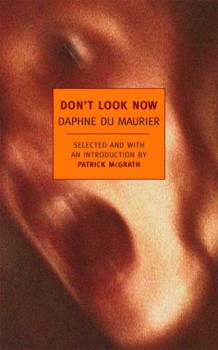 Don’t Look Now: Stories
Don’t Look Now: Stories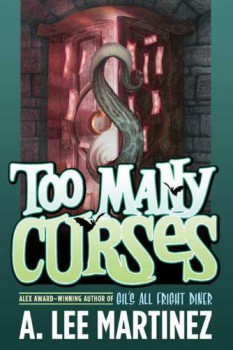
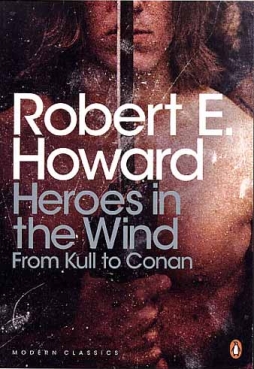 Another year’s drawing to a close, and with it the first full decade of the twenty-first century. It’s a time for looking back, for thinking over what’s happened and what’s going on, in fantasy fiction and elsewhere. I don’t pretend to be in a position to make any worthwhile assessment of fantasy as a whole; but I do want to write about a change that seems to be in process right now. I think it’s a positive change, and potentially a radical one. And I can remember the moment I realised it was happening.
Another year’s drawing to a close, and with it the first full decade of the twenty-first century. It’s a time for looking back, for thinking over what’s happened and what’s going on, in fantasy fiction and elsewhere. I don’t pretend to be in a position to make any worthwhile assessment of fantasy as a whole; but I do want to write about a change that seems to be in process right now. I think it’s a positive change, and potentially a radical one. And I can remember the moment I realised it was happening.